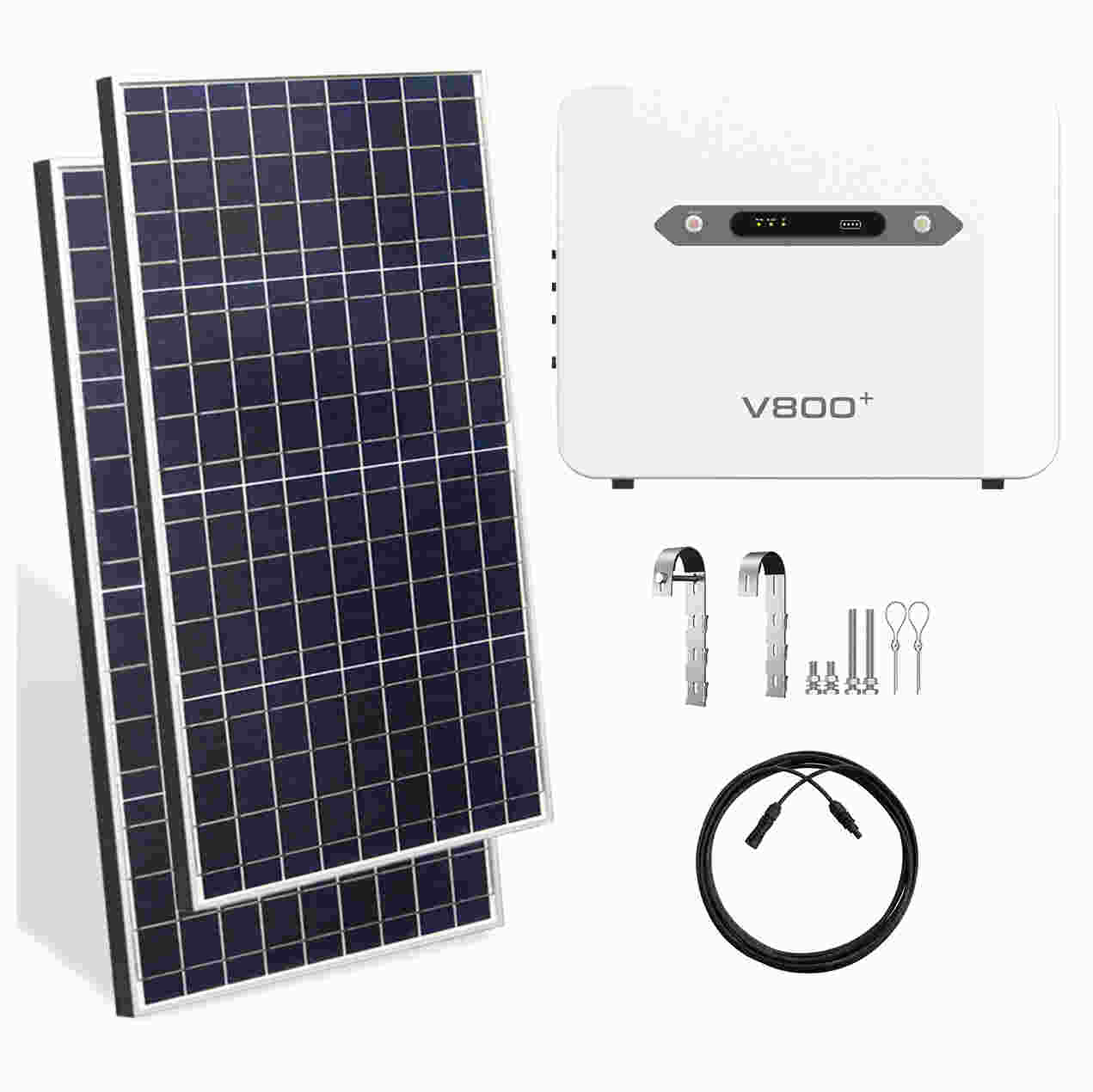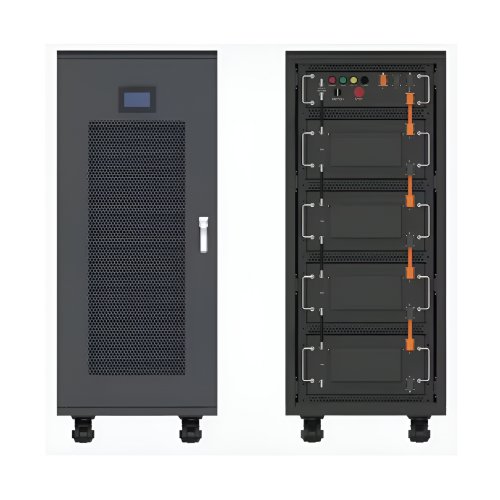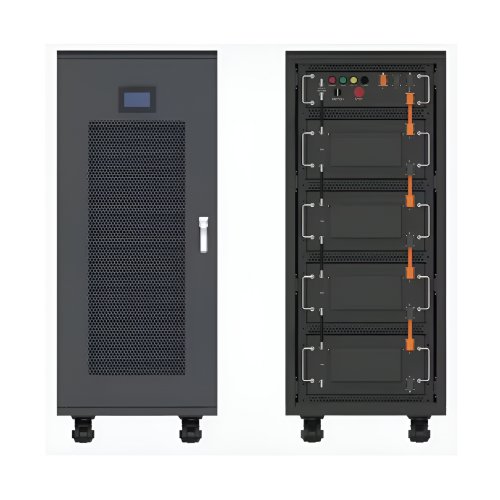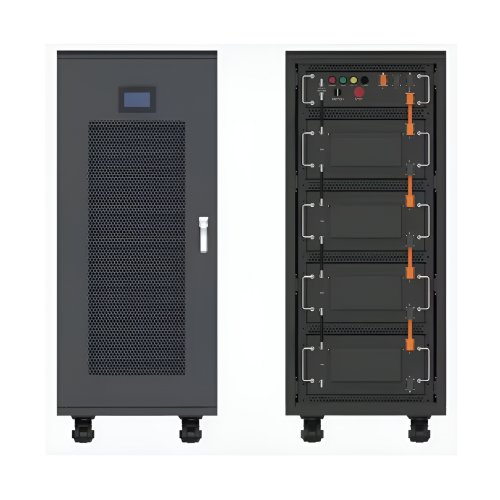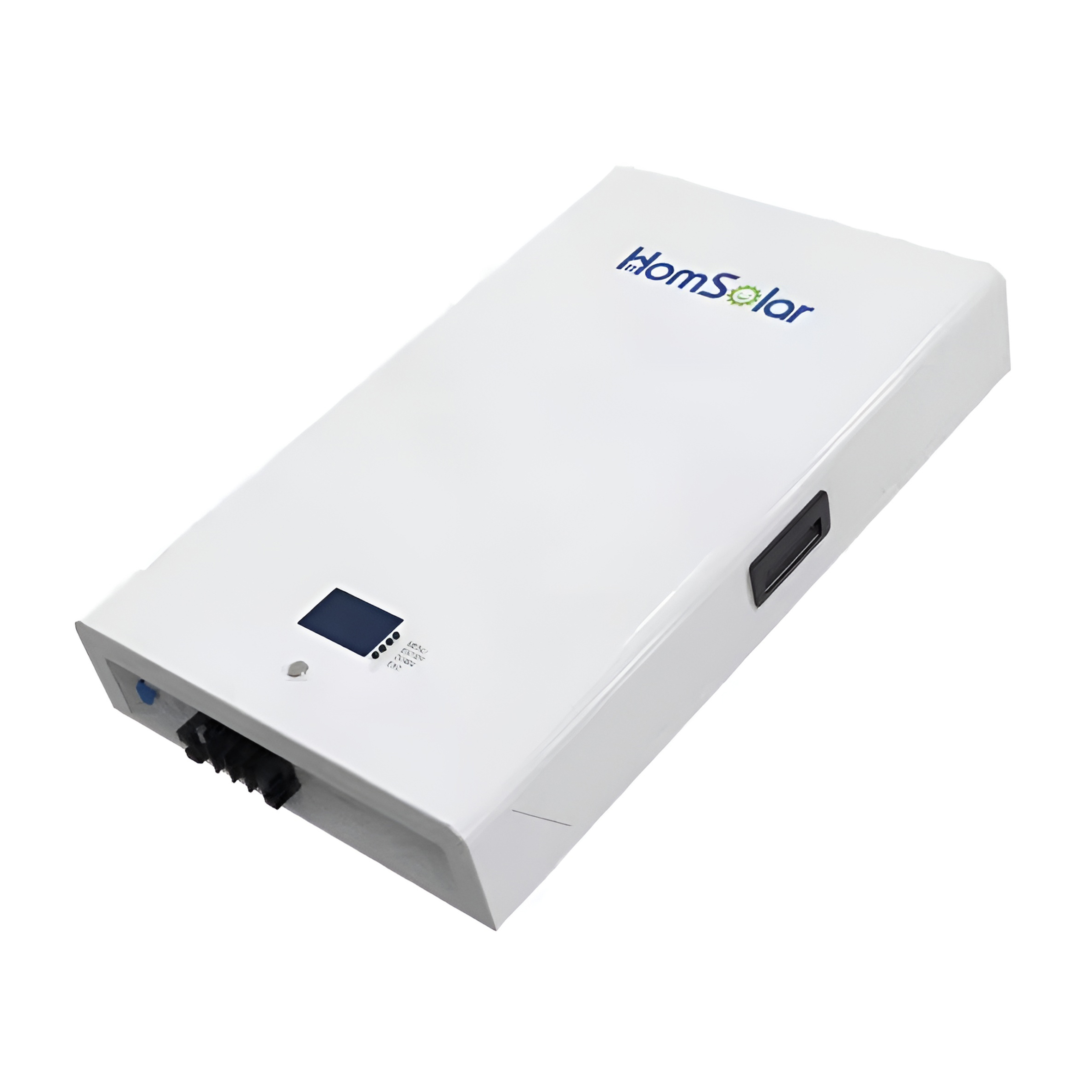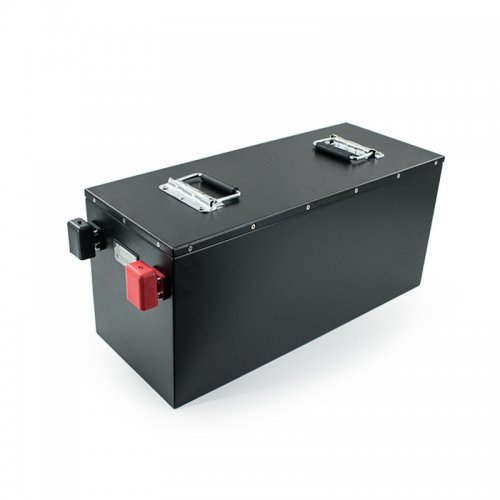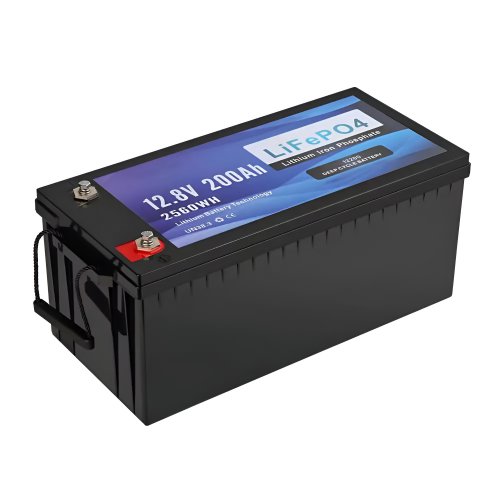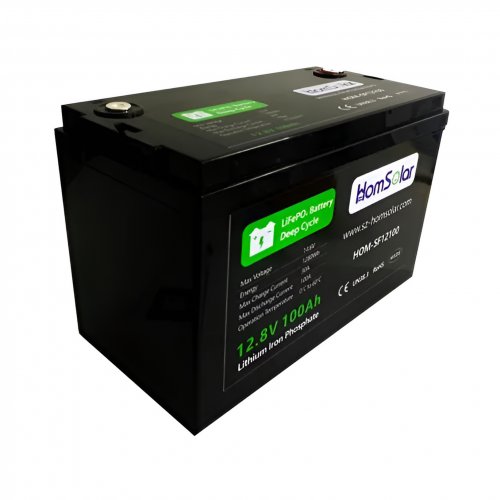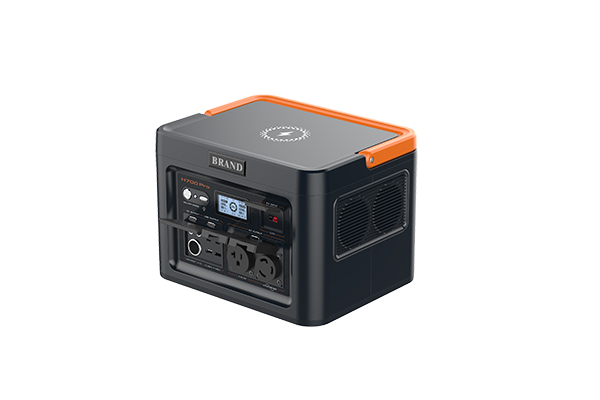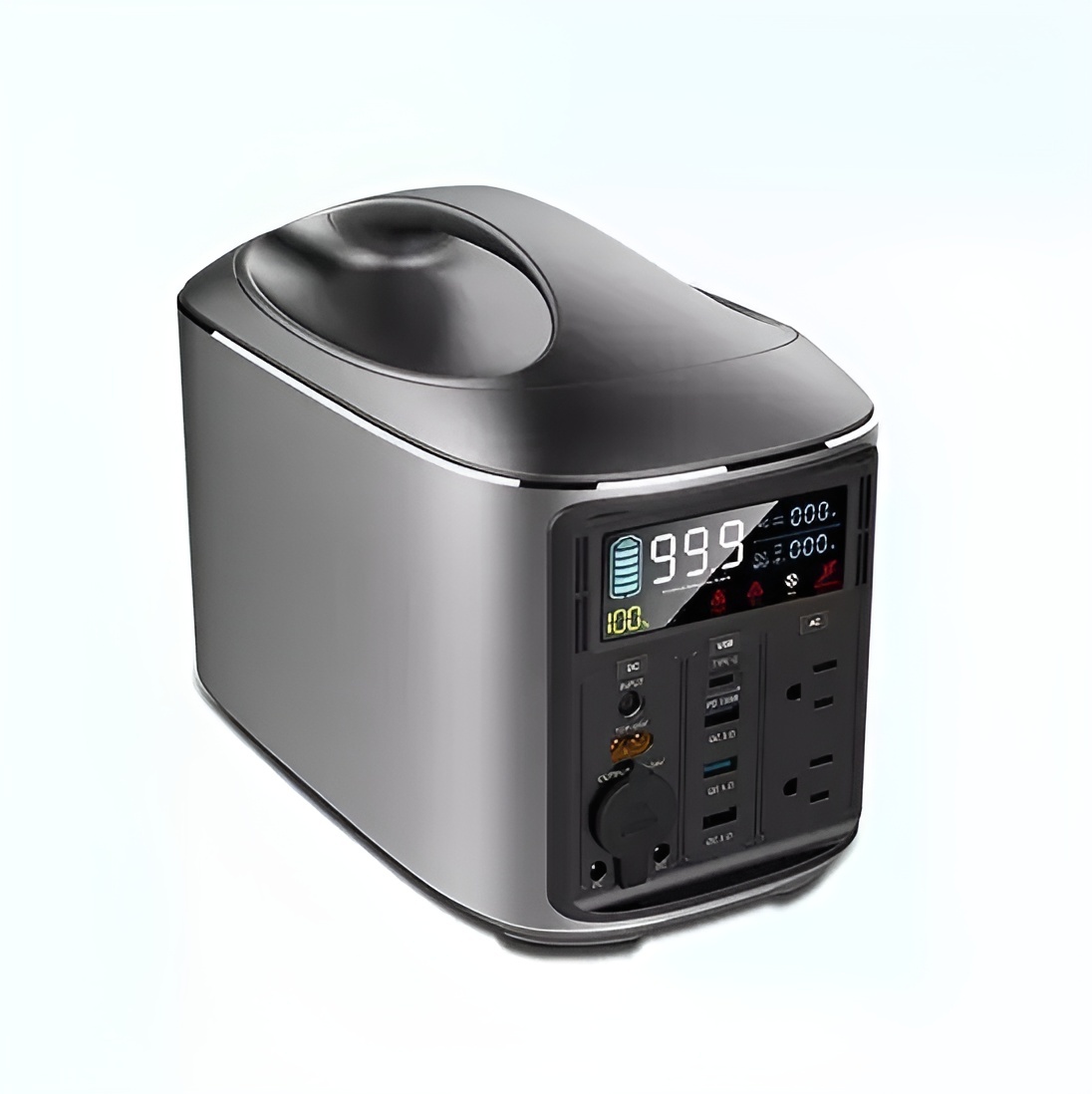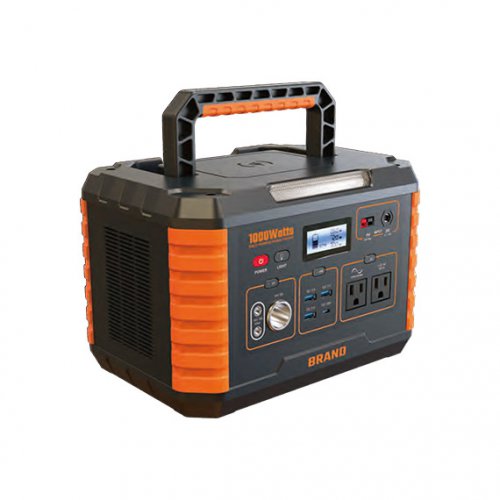Advances In Particle Size Optimization: From Empirical Control To Ai-driven Precision In Material Science
The pursuit of optimal particle size represents a cornerstone of modern material science, with profound implications across pharmaceuticals, catalysis, energy storage, and nanotechnology. Historically regarded as a simple physical parameter, particle size is now understood as a critical determinant of a material's chemical reactivity, dissolution rate, mechanical strength, and bioavailability. The field of particle size optimization has evolved dramatically, moving from rudimentary milling and precipitation techniques to sophisticated, predictive, and digitally controlled processes. Recent advances are characterized by the integration of artificial intelligence (AI), high-throughput experimentation, and a deeper fundamental understanding of nucleation and growth mechanisms, heralding a new era of precision engineering at the micro- and nanoscale.
Recent Research and Mechanistic Insights
A significant shift in recent research has been the move from purely empirical optimization to a mechanism-driven approach. Advanced in-situ characterization techniques, such as synchrotron X-ray diffraction (XRD) and cryo-electron microscopy, have allowed scientists to observe particle formation and evolution in real-time. For instance, studies on the crystallization of active pharmaceutical ingredients (APIs) have revealed the complex interplay between supersaturation, nucleation kinetics, and interfacial energy. Research by Larson et al. (2023) demonstrated that by precisely controlling the rate of antisolvent addition in a tubular crystallizer, they could selectively produce either metastable nanocrystals or stable microcrystals of a model drug, thereby directly tuning the dissolution profile and bioavailability.
In the realm of heterogeneous catalysis, the focus has been on achieving ultra-narrow particle size distributions of noble metals (e.g., Pt, Pd) on support oxides. The traditional method of impregnation often leads to broad distributions and sintering under operational conditions. A breakthrough came with the development of "size-control capping agents" and colloidal synthesis routes. Zhang et al. (2022) reported a library of polymeric ligands that selectively bind to specific crystal facets of platinum nanoparticles, enabling the synthesis of particles with a diameter of 2.0 ± 0.2 nm with exceptional thermal stability. When applied in proton-exchange membrane fuel cells, these optimized catalysts exhibited a mass activity nearly double that of commercially available catalysts, directly linking size precision to performance enhancement.
Technological Breakthroughs: AI and Advanced Manufacturing
The most transformative breakthroughs in particle size optimization are undoubtedly linked to the adoption of AI and machine learning (ML). The traditional "trial-and-error" approach is being replaced by data-driven models that can predict optimal synthesis conditions. Researchers are now using ML algorithms to analyze vast datasets comprising parameters like precursor concentration, temperature, mixing shear, and surfactant type, and their corresponding output on particle size and distribution.
A prominent example is the use of Bayesian optimization in continuous manufacturing. Lee and co-workers (2024) implemented a closed-loop autonomous reactor system for the synthesis of perovskite quantum dots. An ML model, trained on initial experimental data, continuously proposed new synthesis parameters to the robotic platform. The system autonomously discovered a previously unknown set of conditions that yielded CsPbBr3 quantum dots with a record-narrow photoluminescence full-width-at-half-maximum (FWHM) of 18 nm, a key metric for display applications. This "self-driving lab" approach drastically reduces development time and uncovers complex, non-intuitive parameter relationships.
Furthermore, advanced manufacturing techniques like microfluidics and electrospraying have provided unprecedented control over particle formation environments. Microfluidic reactors offer laminar flow, rapid mixing, and highly uniform temperature profiles, enabling the reproducible production of monodisperse nanoparticles and microcapsules. Electrospraying, on the other hand, allows for the generation of extremely fine and uniform droplets from a solution, which can be dried or reacted to form particles with tightly controlled sizes, as demonstrated in the production of inhalable powders for pulmonary drug delivery where particle size dictates deposition location in the lung.
Future Outlook and Challenges
The trajectory of particle size optimization points towards an increasingly intelligent and integrated future. We anticipate the rise of multi-objective optimization, where AI systems will not only target a specific particle size but will simultaneously optimize for other critical attributes such as crystal polymorph, shape, surface porosity, and chemical purity. The integration of real-time process analytical technology (PAT)—such as focused beam reflectance measurement (FBRM) and Raman spectroscopy—with AI controllers will enable adaptive manufacturing, where the process self-corrects in response to any drift in particle size during production.
However, significant challenges remain. The scalability of lab-based AI-discovered recipes to industrial production is a major hurdle, as fluid dynamics and heat transfer behave differently in large reactors. There is also a pressing need for more robust and interpretable ML models. Many current models are "black boxes"; future research must focus on developing physics-informed neural networks that incorporate fundamental chemical and kinetic principles, making their predictions more reliable and generalizable across different chemical systems.
Another frontier is the optimization of particle size in complex, multi-component systems, such as composite battery electrodes or co-processed pharmaceuticals. Here, the goal is not just the size of individual particles but the hierarchical assembly and interaction between particles of different materials.
Conclusion
In conclusion, particle size optimization has matured into a sophisticated scientific discipline. The convergence of advanced characterization, AI-driven synthesis, and precision manufacturing is enabling a level of control that was unimaginable a decade ago. As these technologies continue to evolve and overcome existing challenges, they will unlock new generations of high-performance materials, from more effective medicines and longer-lasting batteries to more efficient catalysts, all built from the ground up with precisely engineered particles. The ability to dictate the size of the building blocks of matter is, and will remain, a powerful lever for technological innovation.
References (Illustrative)
1. Larson, B. K., et al. (2023).Kinetic Control of Polymorphic Selection in Continuous Tubular Crystallizers via Microfluidic Antisolvent Addition. Crystal Growth & Design, 23(5), 3214-3225. 2. Zhang, Y., et al. (2022).Precision Synthesis of Sub-2 nm Platinum Nanocatalysts via Facet-Specific Capping for Enhanced Fuel Cell Performance. Nature Communications, 13, 4375. 3. Lee, J., et al. (2024).Autonomous Discovery of Narrow-Emissivity Perovskite Quantum Dot Synthesis Pathways via Bayesian Optimization and a Self-Driving Fluidic Platform. Advanced Materials, 36, 2309123.
Customized/OEM/ODM Service
HomSolar Supports Lifepo4 battery pack customization/OEM/ODM service, welcome to contact us and tell us your needs.


HomSolar: Your One-stop LiFePO4 Battery Pack & ESS Solution Manufacturer
Our line of LiFePO4 (LFP) batteries offer a solution to demanding applications that require a lighter weight, longer life, and higher capacity battery. Features include advanced battery management systems (BMS), Bluetooth® communication and active intelligent monitoring.

Customised Lithium Iron Phosphate Battery Casing
ABS plastic housing, aluminium housing, stainless steel housing and iron housing are available, and can also be designed and customised according to your needs.

HomSolar Smart BMS
Intelligent Battery Management System for HomSolar Energy Storage System. Bluetooth, temperature sensor, LCD display, CAN interface, UART interface also available.


Terminals & Plugs Can Be Customized
A wide range of terminals and plugs can be customised to suit the application needs of your battery products.

Well-designed Solutions for Energy Storage Systems
We will design the perfect energy storage system solution according to your needs, so that you can easily solve the specific industry applications of battery products.



About Our Battery Cells
Our energy storage system products use brand new grade A LiFePO4 cells with a battery lifespan of more than 4,000 charge/discharge cycles.



Applications in Different Industries
We supply customized & OEM battery pack, assemble cells with wiring, fuse and plastic cover, all the cell wires connected to PCB plug or built BMS.
Applications: E-bike, Electric Scooter, Golf Carts, RV, Electric Wheelchair, Electric Tools, Robot Cleaner, Robot Sweeper, Solar Energy Storage System, Emergency Light, Solar Power Light, Medical Equipment, UPS Backup Power Supply.
We can provide you with customized services. We have the ability to provide a vertical supply chain, from single cells to pack/module and to a complete power solution with BMS, etc.


HomSolar (Shenzhen) Technology Co., Ltd







